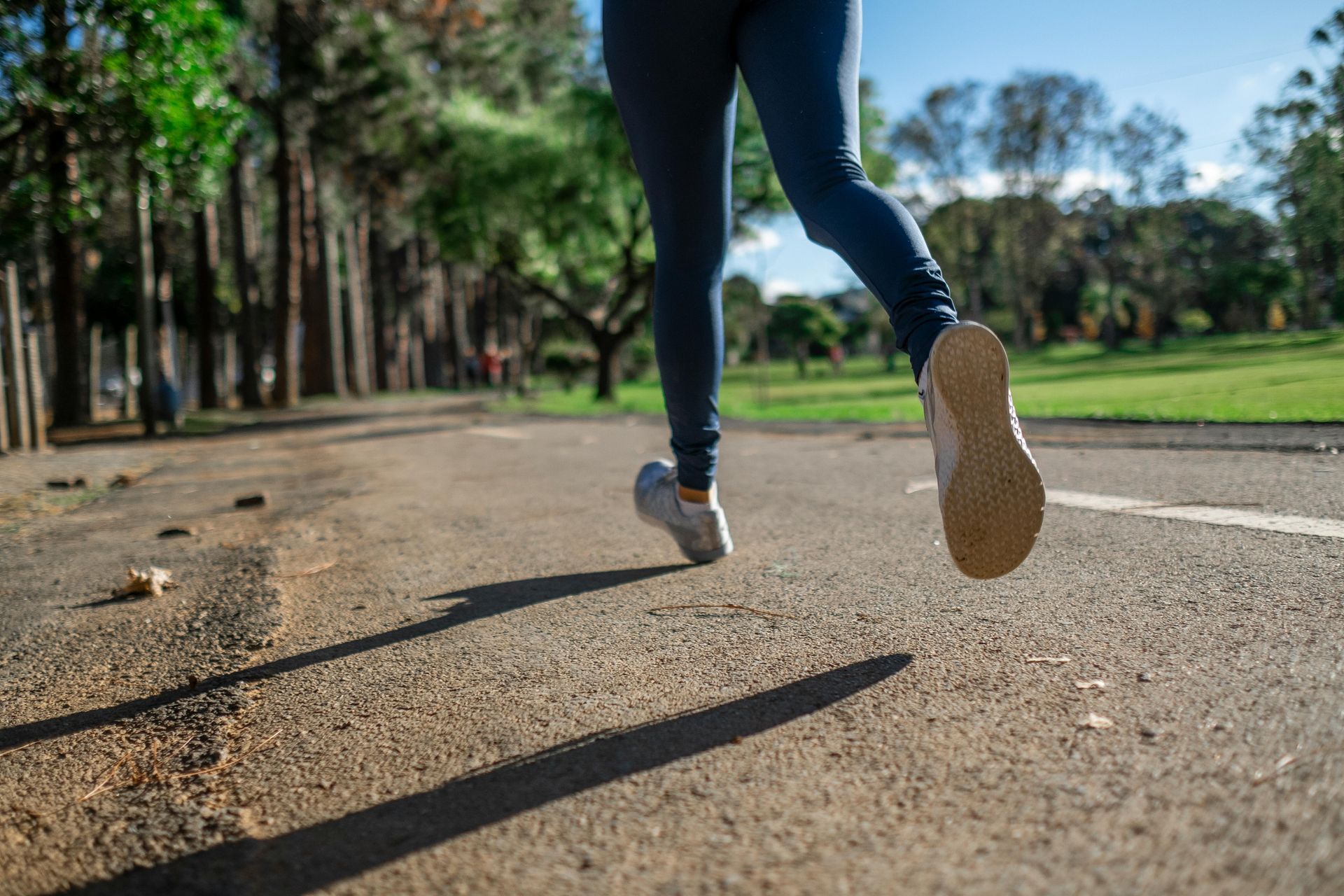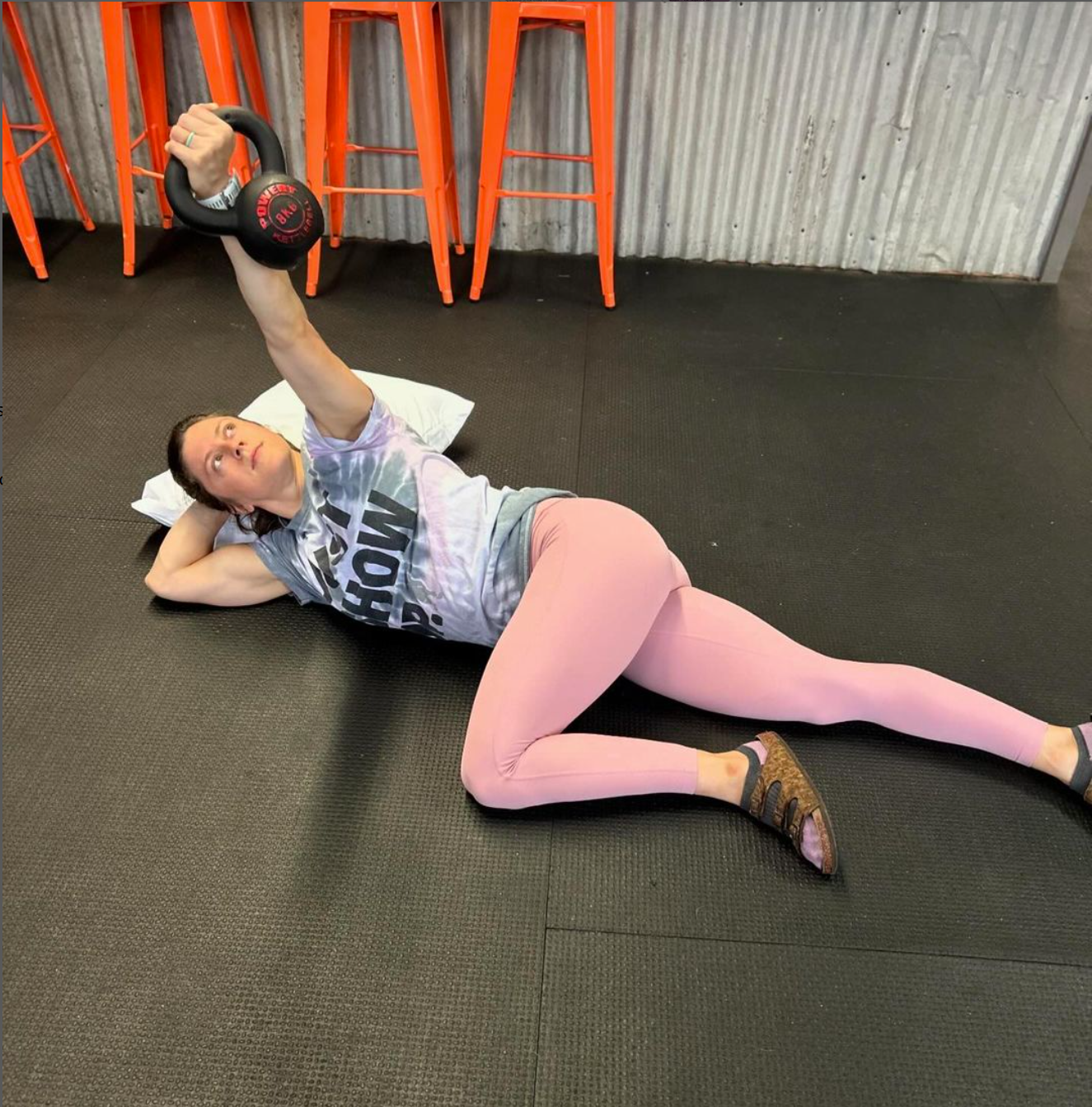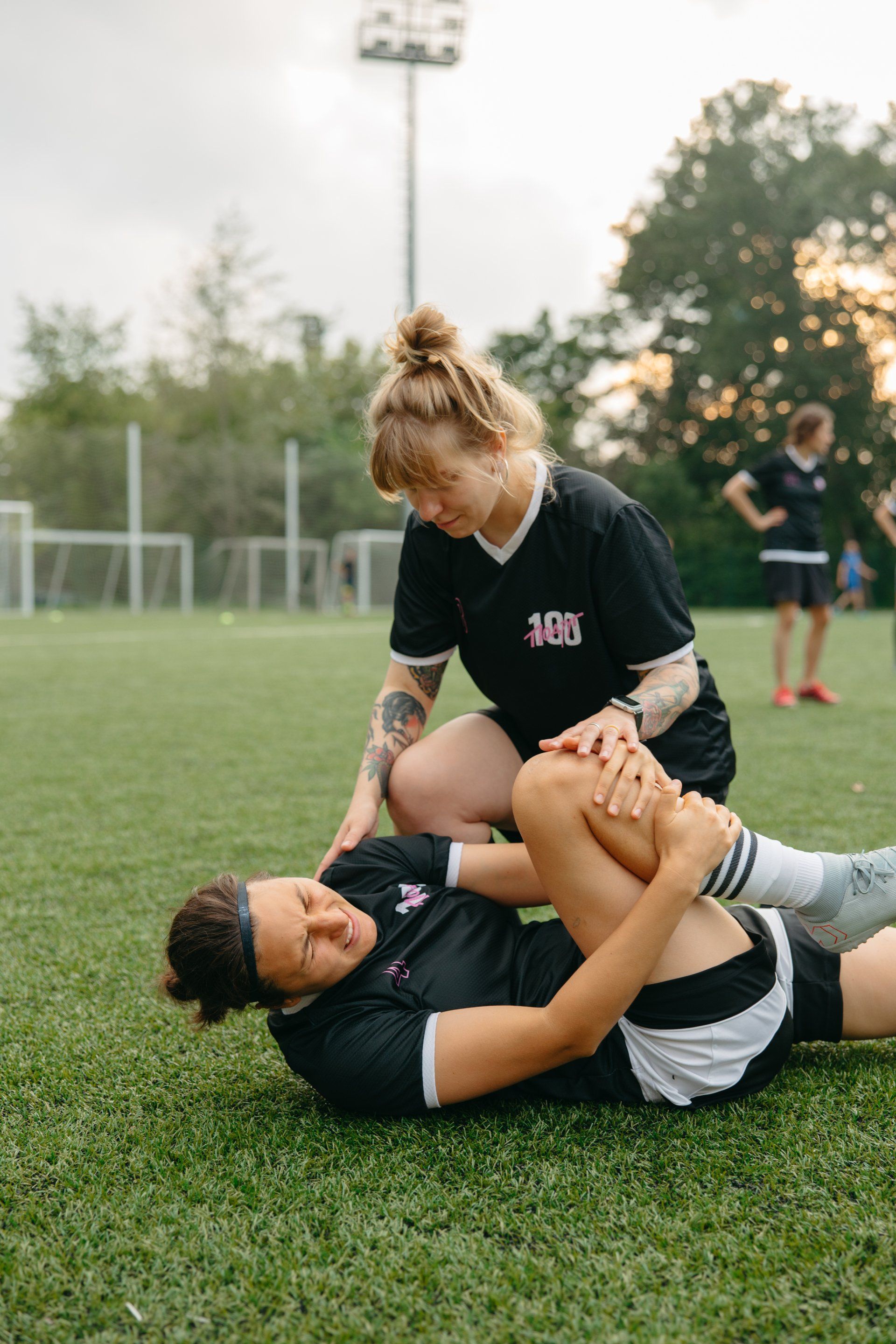Exercising with Pain: Should You or Shouldn't You?
Thinking about pushing through that painful area again?
So, you've got this burning question: "Should I exercise if I'm in pain?"
Straight off the bat, it sounds like a no-go, right? But like a lot of things in the physical therapy world, it's not so black and white. It often comes down to two words:
"It depends."
There's a huge spectrum of factors to consider before deciding whether to hit the gym or take a rain check. Chief among these are the nature of your injury and how fresh that injury is. Let's dive into a few examples to give you some clarity.
Scenario 1: Meet our spirited high school soccer star who just sprained her ankle three days ago. It's still a bit puffy and there's some not-so-pretty bruising. She's itching to get back on the field, but she's limping more than walking.
Our Take: Keep exercise PAIN-FREE...for now. Sure, she can gently test the limits during range of motion restoration without causing pain, but absolutely no pushing through it. High-impact activities (running, jumping, cutting)? Bench those until her ankle's swelling reduces and her walk's back to normal. Restore motion, improve stability, progressive plyometric training. Oh and most importantly, none of this "you can't play", "now you can play". Practice participation should be progressed throughout rehab.
Scenario 2: Picture a 42-year-old supermom. She's been battling on-and-off low back pain for 15 years. She's so wary of bending over, fearing it might flare up. All she dreams of is playing with her kiddos and sneaking in a workout without always second-guessing her abilities.
Our Take: First things first, let's ease the pain. Then, it's about rebuilding strength and mobility.
It's a two-step dance:
1) Calm stuff down.
2) Build stuff back up.
Start with regaining pain-free movement, then confidently add training to ensure the pain doesn't stage a comeback.
Scenario 3:
We have a 29-year-old gym enthusiast who's been tolerating an aching shoulder for about 9 months. While he persists with his workouts, cranking up the intensity only seems to amplify the discomfort.
Our Take: This sounds like TENDINOSIS (think long-term tendinitis). Our advice? Dive into physical therapy to address any off-kilter mechanics. He doesn't need to ditch exercise, but tweaking his routine using a certain "pain scale" is a smart move.
"Oh, what's this pain scale?" I hear you ask. Great question! Let me show you.
We introduce this scale to ALL our patients, be it for a sprained ankle, a back issue, or an annoying shoulder.
Timing is key: We show it when it'll be most impactful.
Our ultimate goal is to keep you moving and grooving while on the mend.
Every individual is unique, but these three cases give a snapshot of the diverse situations we often encounter. Whatever your situation, remember: it's about making informed choices and listening to your internal notifications!











